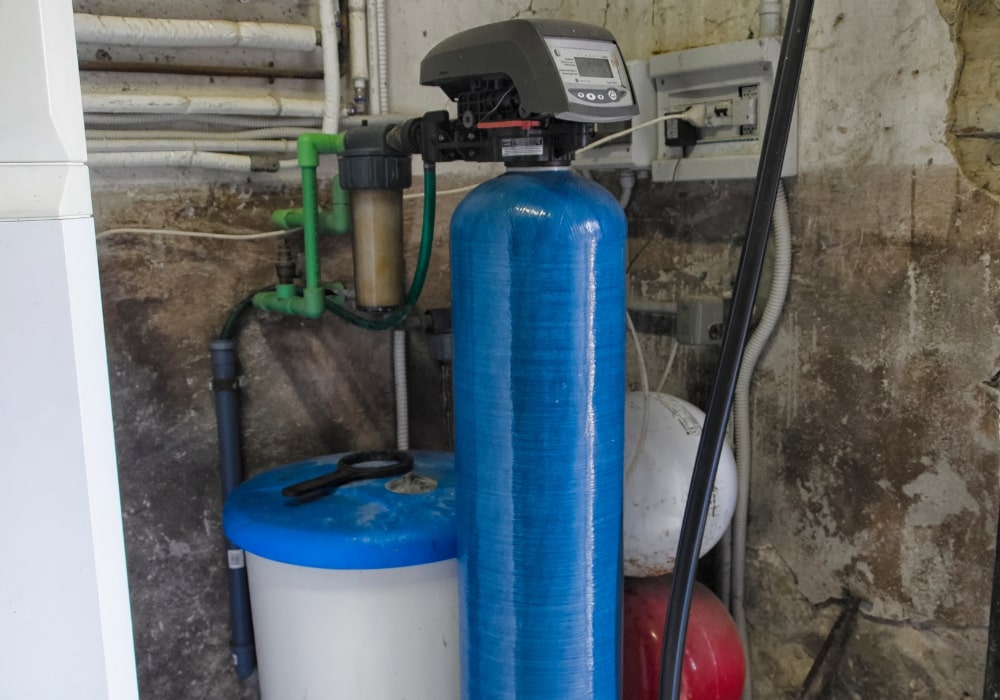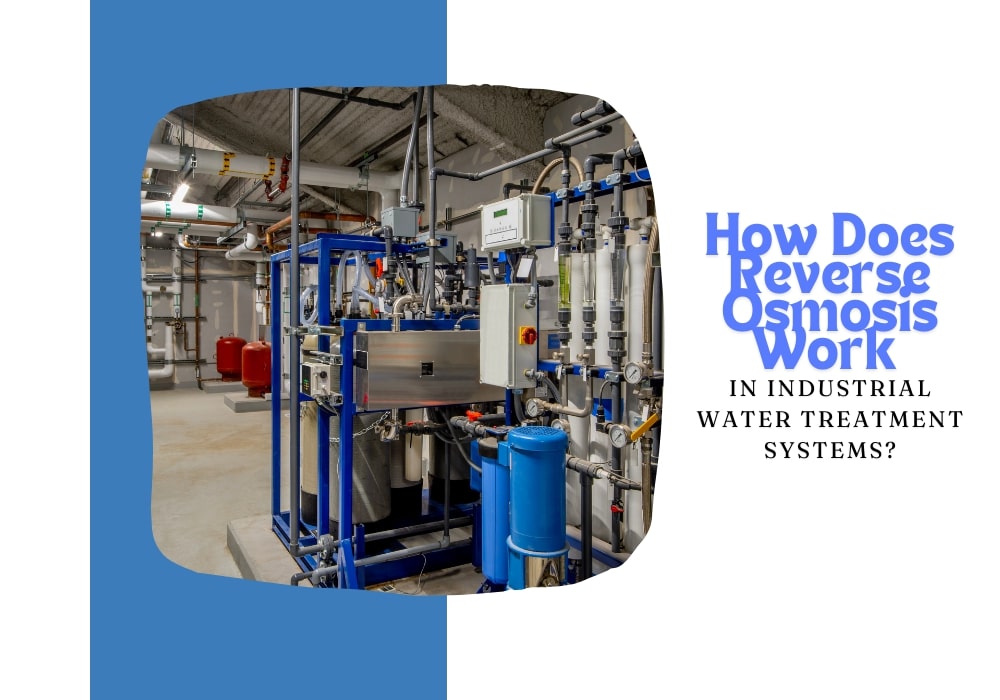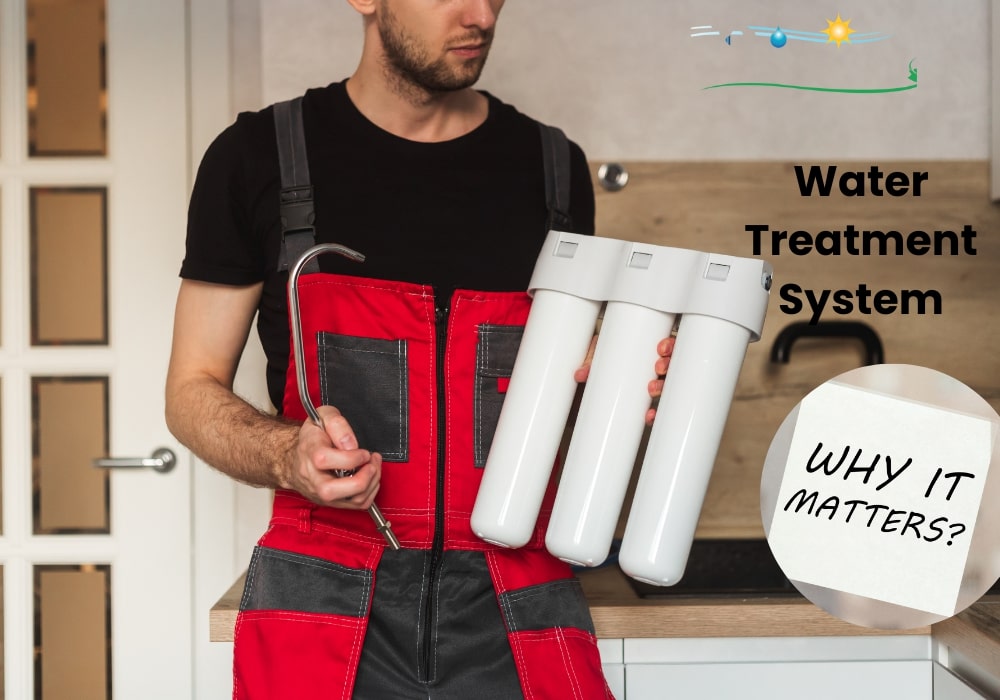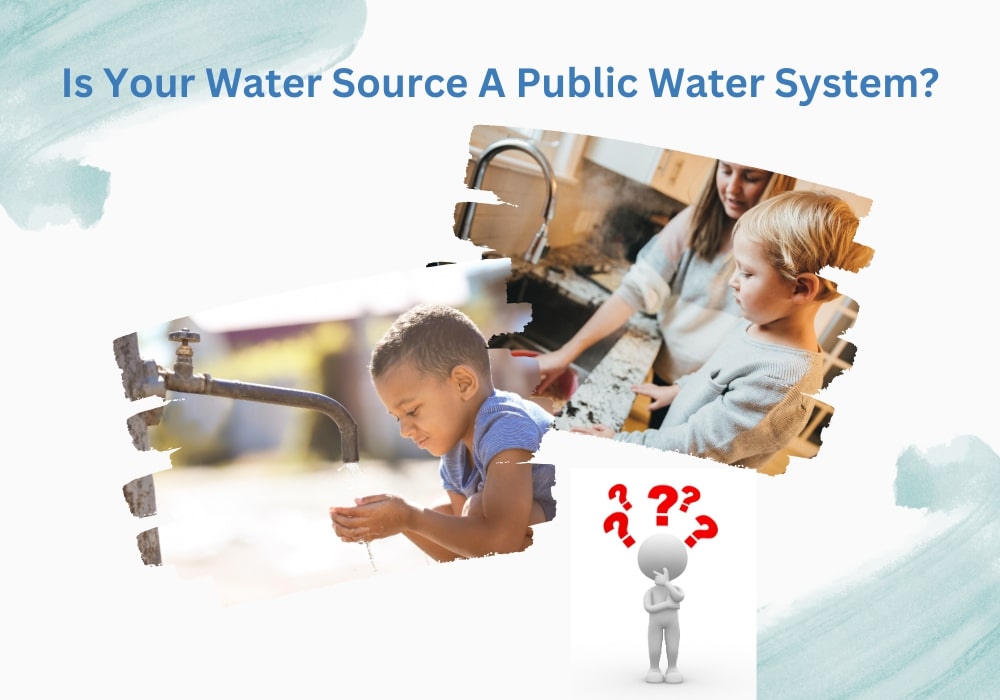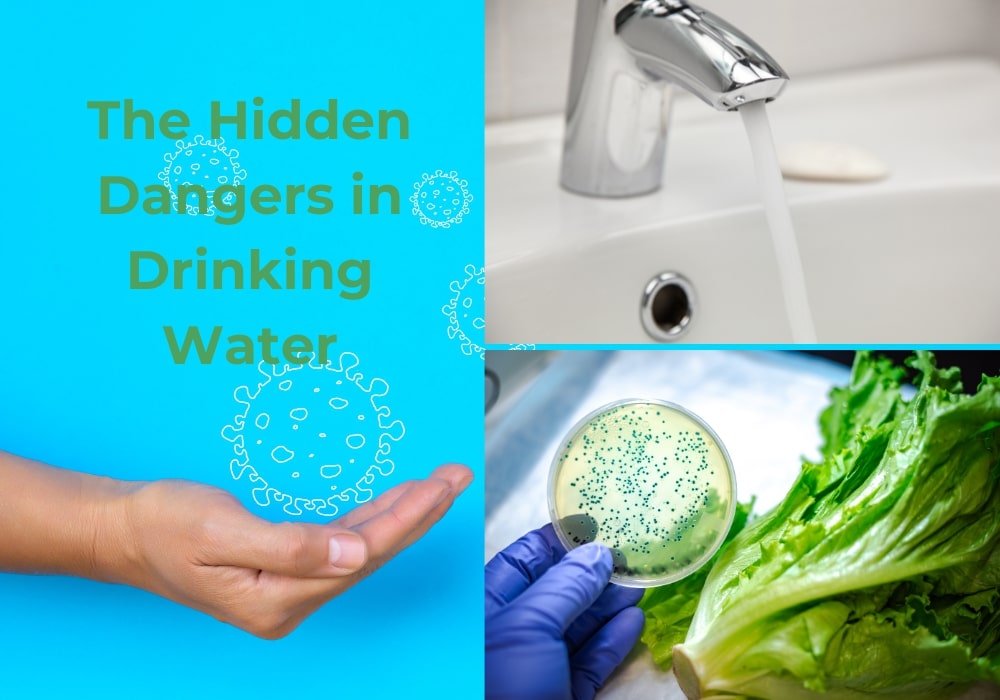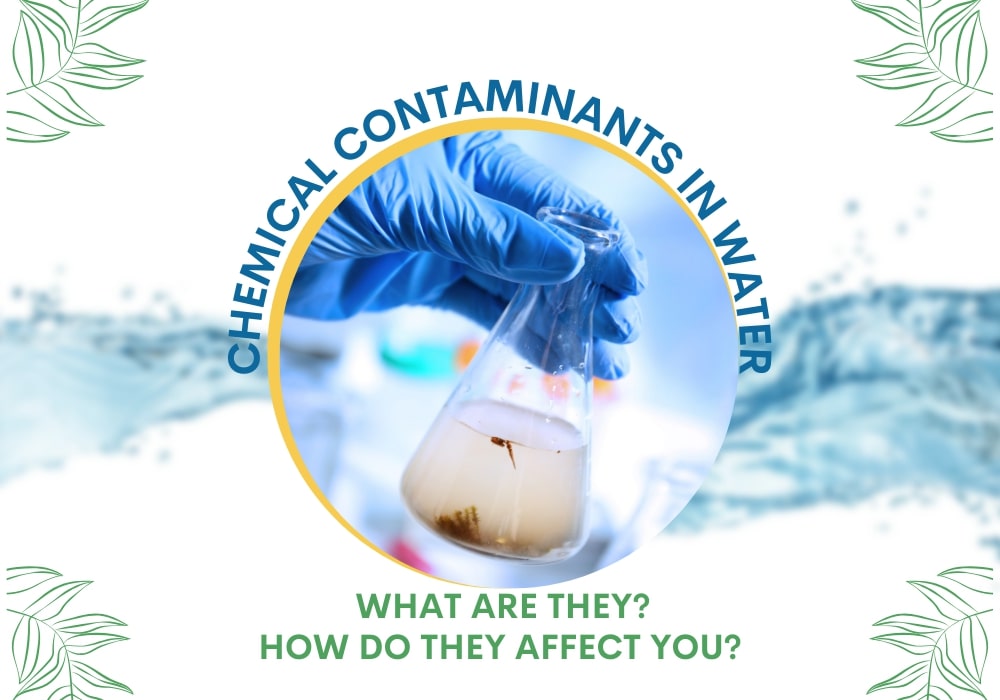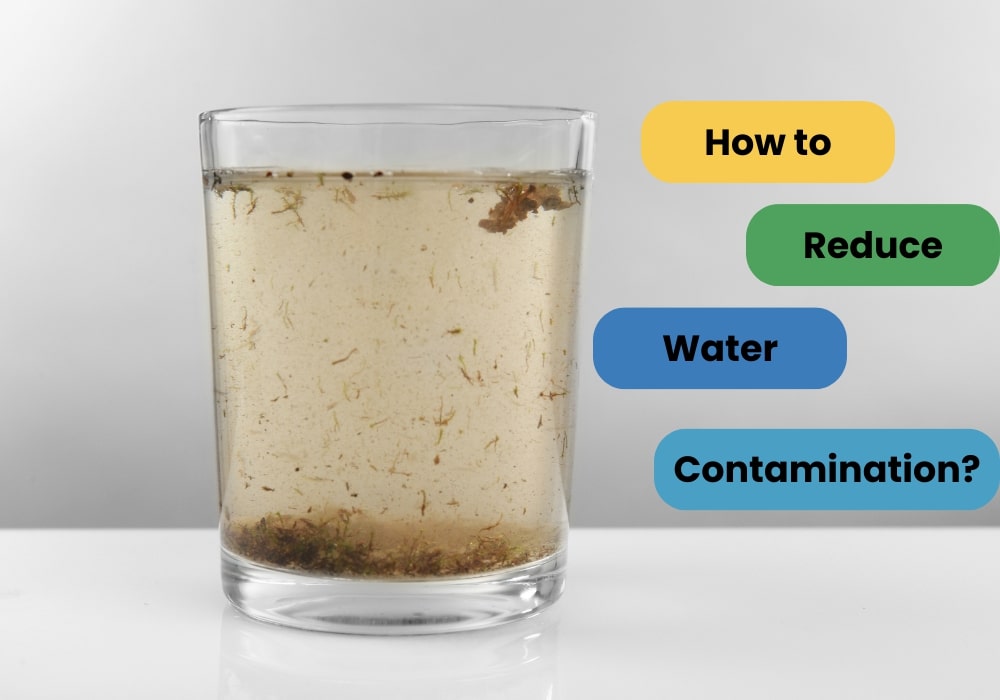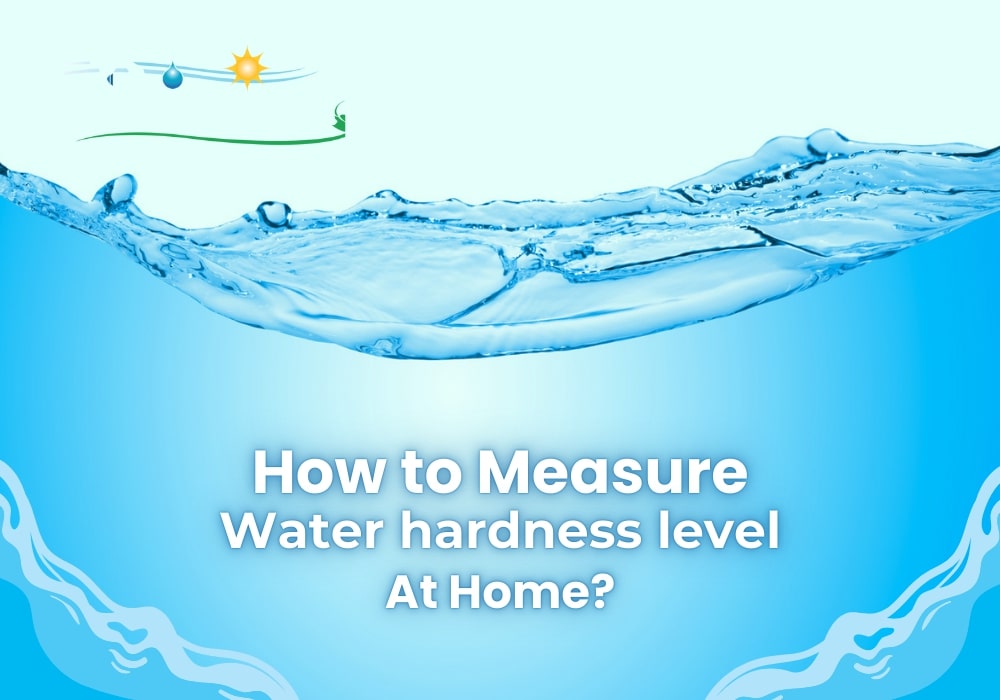How Long Will Your Maytag Water Softener Last? Lifespan and Value
When investing in a Maytag water softener, one of the most common questions homeowners ask is, “How long will it last?” After all, a water softener is not just a small appliance; it’s an essential part of your home’s water treatment system. Ensuring your home’s water quality depends on a reliable system that is operating quietly in the background. Understanding the lifespan and overall value of your Maytag water softener can help you make an informed decision about your purchase and maintenance plans. In this comprehensive guide, we’ll explore the expected lifespan of a Maytag water softener, factors that influence its longevity, how to maintain it for optimal performance, and whether the Maytag water softener cost is worth the investment. The Lifespan of a Maytag Water Softener Average Lifespan of a Maytag Water Softener A Maytag water softener typically lasts between 10 to 15 years. This range is consistent with most water softeners in the market. The lifespan of your system can vary depending on factors like the quality of water in your area, how you maintain the system, and how frequently it’s used. Understanding these factors can help you maximize the life of your Maytag water softener. Factors That Influence Lifespan Water Quality The hardness and contamination levels in your water significantly impact the lifespan of your Maytag water softener. Hard water with high levels of calcium and magnesium can wear out the resin beads faster, leading to more frequent regeneration cycles and additional strain on the system. Usage Frequency Households that use large amounts of water daily may find their Maytag water softener has a shorter lifespan. More water passing through the system means more frequent regeneration cycles, which can reduce the lifespan of the components. Maintenance Practices Regular maintenance, including cleaning the brine tank, replacing the resin beads, and checking for salt bridges, can prolong the life of your Maytag water softener. Neglecting these tasks can lead to a buildup of minerals and other issues that reduce efficiency and longevity. Installation Quality Proper installation is crucial for the efficient functioning of your Maytag water softener. A poorly installed system can lead to leaks, improper regeneration cycles, and premature wear and tear. How to Prolong the Life of Your Maytag Water Softener Regular Maintenance Tips Check the Salt Level Regularly: Ensure that the brine tank always has the appropriate level of salt. The system relies on this salt to regenerate the resin beads that soften your water. Clean the Brine Tank Annually: Over time, salt bridges and sludge can form at the bottom of the tank, reducing efficiency. Cleaning the tank annually can prevent these issues. Inspect for Leaks: Regularly check for any leaks in the water softener unit and associated plumbing. Leaks can cause the system to work harder, reducing its lifespan. Test the Water Quality: Periodically testing the hardness of your water can help you determine if the water softener is working effectively. If you notice any changes, it could be a good idea to inspect or service your system. Troubleshooting Common Issues Even with regular maintenance, issues can arise with your Maytag water softener. Knowing how to troubleshoot these issues early on can help you resolve them before they become more serious, ensuring your system lasts longer. Reduced Water Pressure: If you notice a drop in water pressure, it might be due to clogged resin beads or a dirty filter. Cleaning or replacing these components can restore pressure. Salt Bridges: A salt bridge is a hard crust that forms in the brine tank, preventing the salt from dissolving in the water. Breaking up the salt bridge can resolve this issue. Continuous Regeneration Cycles: If your system is regenerating more frequently than usual, it could be a sign that the resin beads need to be replaced or that the settings need adjustment. The Cost of Owning a Maytag Water Softener Initial Purchase Price The Maytag water softener cost can range between $500 and $1,500, depending on the model and features. This initial investment is crucial for ensuring long-term water quality and the protection of your home’s plumbing system. Operational Costs Beyond the initial cost, it’s crucial to also consider the ongoing expenses, including: Salt: Depending on the size of your household and water usage, you might spend between $5 and $20 per month on salt. Maintenance and Repairs: Occasional maintenance, such as replacing resin beads or servicing the unit, can add to the overall cost. However, these costs are generally low compared to the benefits of extended system life. Water and Electricity: A Maytag water softener requires water and electricity to operate. Even though these costs are small, it’s important to include them in your overall budget. Value for Money When considering the Maytag water softener cost, it’s essential to weigh it against the long-term benefits, including the extended lifespan of your appliances, reduced plumbing repairs, and consistent water quality. Over time, the savings on these areas often outweigh the initial and operational costs, making a Maytag water softener a valuable investment. Signs That Your Maytag Water Softener Needs Replacement Decreased Softening Efficiency Over time, you may notice that your Maytag water softener isn’t softening the water as effectively as it used to. This could occur if the resin beads or other components have become worn out and are approaching the end of their lifespan. If your water begins to feel hard or your soap stops lathering properly, it could be a sign that it’s time to think about replacing the system. Unusual Noises from the System If your Maytag water softener begins to make unusual noises during operation, such as grinding or clicking, it could indicate that internal parts are wearing out. If you often find yourself needing repairs or the repair costs are adding up, it might be more cost-effective to think about replacing the unit. Frequent Repairs and Maintenance As your Maytag water softener ages, it may require more frequent repairs to keep it running efficiently. If you’re constantly needing repairs or


